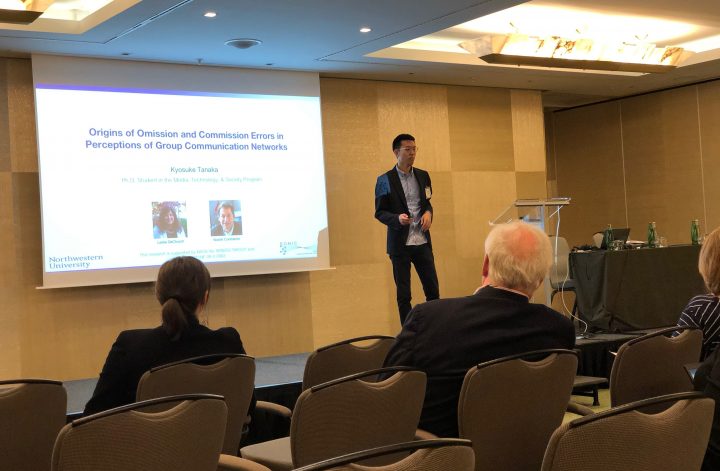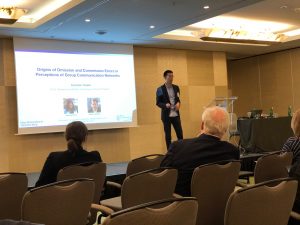Recently Aaron Clauset and his colleague share their new study: “Scale-free networks are rare”. In this study, they found scale-free network structure is not so prevalent based on their statistical analyses of almost 1000 network datasets across different domains. In particular, their results indicate only 4% of the datasets showing the strongest-possible evidence of scale-free structure and 52% demonstrating the weakest-possible evidence.
Additionally, this study has invoked intense conversations over Twitter. For instance, Laszlo Barabasi retweeted Aaron Caluset’s tweet, saying “Every 5 years someone is shocked to re-discover that a pure power law does not fit many networks. True: Real networks have predictable deviations. Hence forcing a pure power law on these is like…fitting a sphere to the cow. Sooner or later the hoof will stick out.”
Link to the paper: https://arxiv.org/abs/1801.03400
Link to Barabasi’s retweet: https://twitter.com/barabasi/status/952920675592953856


